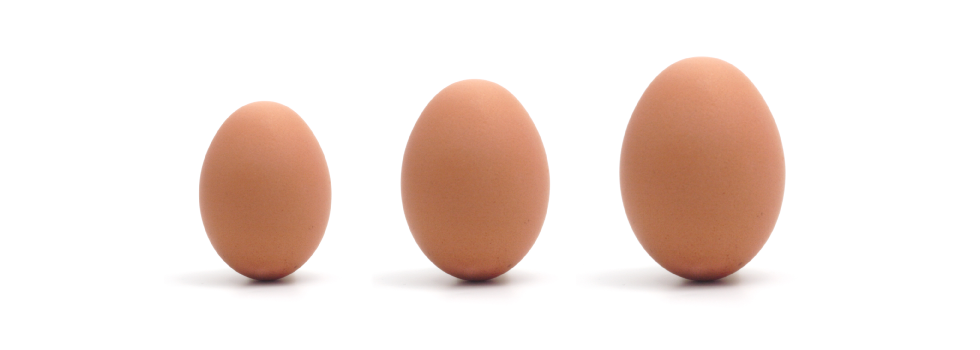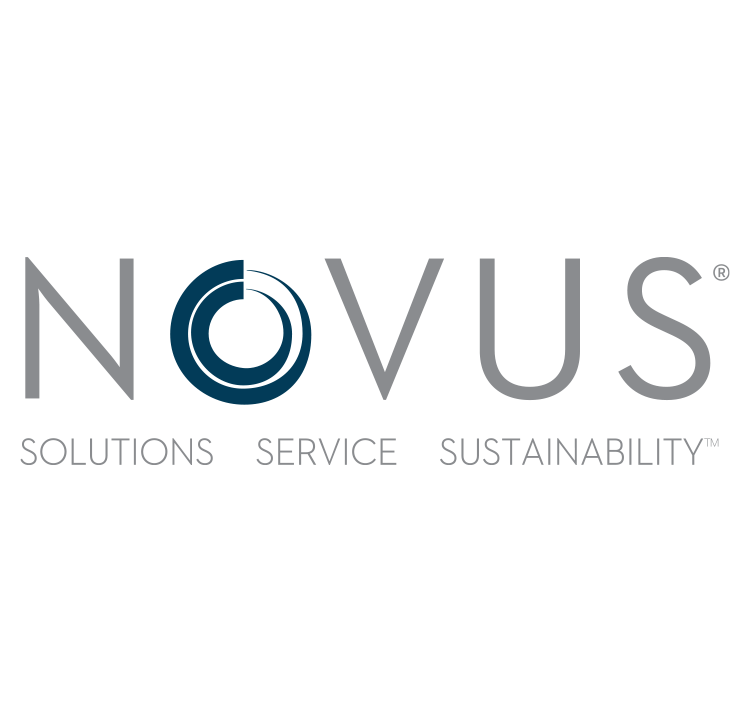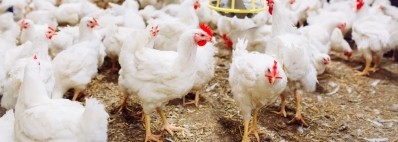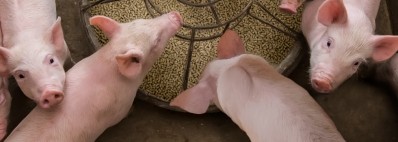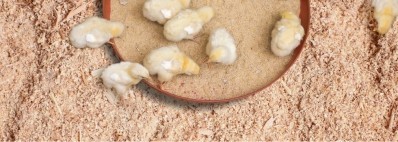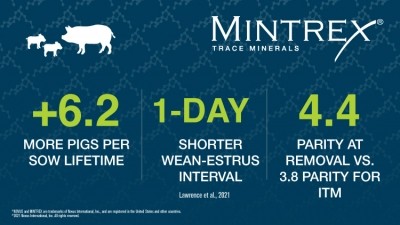Promotional Features
Feeding impacts shell quality, bird quality
Why the chicken comes before the egg?
By Matthew Bekker, Technical Services Manager – Oceania, Novus International, Inc.
The humble hen’s egg is widely regarded as a superfood, containing essential vitamins, minerals and the ideal profile of protein-building amino acids. To manage demand for this ever-popular resource, producers, over several centuries, have chosen the healthiest, most robust birds to breed the next generation of laying hens. Increasingly superior genetics have allowed hens to lay more eggs, for longer, every production cycle. The original jungle hen may have produced up to 60 eggs per year, where now the target for modern genetics houses is a hen that can deliver 360 eggs per year. Add to this the fact that in just the last couple of decades we have seen the ability of high producing hens to produce good quality shells during the first cycle increase from 65 weeks of age to up to 100 weeks of age in ideal circumstances. Unfortunately, the potential of these super layers - these Ferraris of the layer world - is often not realized in the field.
Modern layer genetic strains can effectively be programmed based on market preferences. We can define heavy, light, brown or white, pigment-efficient hens able to produce brown eggs with bright orange yolks or light white hens producing a reliably moderate sized white egg with a pale yolk. Within a few short generations we can further define the body size and efficiency, and birds are being chosen for their ability to readily socialize as they are taken from cages and placed in large outdoor groups as free-range production becomes a market-driven requirement.
It all starts with the pullet - and maybe it starts before that. In studies conducted by Novus in breeding hens, the potential to alter progeny phenotype through dietary manipulation of their parent hen diet has proven most interesting. Epigenetics effectively prepares progeny for the environment they can expect to enter by changing the frequency of DNA expression. The DNA itself remains unchanged. In these studies, regardless of subsequent dietary manipulation, the progeny of breeding hens fed specific rates and sources of trace minerals were better prepared for a moderate and measured response to a modern diet, environment and challenges. These chicks, which were fed Novus’s MINTREX® bis-chelated trace minerals had a reduced prevalence of DNA-coded inflammatory responders, which can result in inflammatory cascades, negatively affecting gut barrier function and immune competency. On the flipside, progeny from the hens fed the improved diet had improved gut barrier function, tight junction integrity and immunity. A great start for a young hen.
The next step is addressing the period of pullet development from hatch to around 18 weeks of age when they reach point of lay. This stage will have a profound effect on the working life of the laying hen. A pullet’s skeletal integrity, gastrointestinal tract development, immune system maturation and overall uniformity in this critical phase will set up the young bird for the following 60 weeks and beyond. Her skeleton will become the bank from which calcium will be both withdrawn and replenished over a 24-hour period. Each hen produces a daily eggshell containing 95% calcium and this must be drawn from the circulating blood and replenished. The gastrointestinal tract should be fit, lean and of great integrity, absorbing the maximum amount of nutrients while ensuring the constitution of the epithelial cells and their interstitial junctions. But of these probably the most important element is uniformity within a group of pullets at placement. Feed formulators are very good at their job, however if they are given several thousand hens that have extremes at both light and heavy ends of the liveweight spectrum then they cannot meet the requirements of every bird. Considering the short period and low volume of feed required, it’s here that dietary management can deliver the greatest lifetime return on investment. A lot of the failure seen in laying flocks is a result of a lifetime of over or underfeeding due to poor uniformity.
The genetics that create the modern laying hen are on full show as the hen hits peak lay at around 28 weeks of age. The number and quality of eggs laid in the peak lay period is incredible. It’s amazing how resilient the birds at this peak age can be, regardless of sub-optimal diet and environment. This is why many producers are lulled into false confidence during this reliably fruitful period of production. What needs to be kept in mind during this period is the bank in the bird’s body is being robbed. The bank of skeletal calcium, the bank of liver health and immune integrity. The banks begin to run dry as the birds pass peak production and this is where any gaps in nutrition become apparent. By the time production losses occur, the hen is many weeks into a decline.
Looking at the formation of the egg, it becomes apparent where the bird uses each individual feed component.
The mature yolk is released from the embryo at ovulation and captured by the infundibulum. Over the next 20 minutes, the perivitelline membrane is formed around the yolk and the nearly invisible anchors known as chalazae are formed. Good quality protein from balanced amino acids must then be available in the magnum as egg white protein is laid down. Membrane development is conducted in the isthmus over the course of an hour. The microscopic collagenous fibre network that makes up the inner and outer eggshell membrane requires copper-activated enzymes to cross link collagen and elastin.
The next five hours in the tubular shell gland introduce electrolyte-rich water into the egg white and mamillary cores to the outer membrane, which provide the points of attachment for the hard-crystalline structure of the eggshell. This mamillary layer consists of evenly spaced points with a neat global arrangement. Manganese now comes into play as it is a partner in quality formation of these nucleation sites. The egg finishes formation over 14 hours in the shell gland pouch. The immediate environment of the gland becomes flooded with calcium, precipitated from storage in the bone and drawn from the circulating blood. Here, pure crystals of calcium carbonate that require the zinc enzyme carbonic anhydrase to trigger the essential bicarbonate, lay down the structure termed the palisade layer. It is this layer that’s cracked to expose the egg for cooking.
This process shows that nutrition is not only critical to be met on average, but that specific dietary components must be available at the right rates and at the right times to ensure correct formation of the egg.
So, what is it that causes the Inevitable decline in both production and egg quality? As the bird ages past 55 weeks, how can producers maintain those birds? What is fed too much of and what “noise” needs to be taken away from the diet to ensure the bird can run comfortably on the lowest level of maintenance?
Consider the elements in the diet that are required and should be supplied at a rate that is ‘just enough’ and at the right time. The amount of calcium a hen can place in the eggshell is finite, therefore, as eggs become larger (which is common as hens age), there is only the same amount of calcium available to form the calcium carbonate crystals across a larger surface area. This results in thinner, less resilient shells. Calcium feeding, taking into account the ratio of fine to coarse particles, solubility, purity and ratio to phosphorous, is an example of the balancing act required when formulating macro ingredients. If this formulation is incorrect it can create profoundcreate a profound effects on bird health and eggshell quality, but for the same reason, producers can’t ignore the essential micro ingredients such as vitamin D, and trace minerals such as zinc, copper and manganese. Every one of these additives can be added at rates too high for the bird and can actually interrupt the absorption of other nutrients. A relevant example is multiple Novus studies, which show that using more highly bioavailable forms of trace mineral (MINTREX® bis-chelated trace minerals) allows their use at almost half the breed guideline recommended rate of inorganic salts. This reduction and replacement results in greater performance, proving further that more is certainly not better for these hens.
So, when considering elements to address when supporting prolific laying hen producers should include the areas of breeding hen diet management, putting the pullet development phase under the microscope, ‘managing the bank’ in high performing peak lay period, and ensuring hens in decline have access to everything they need without over-formulation of either macro or micro ingredients.
And when we consider everything that has to be ‘just right’ for the formation and persistence of egg production in the argument about which came first here is no question, the chicken definitely comes before the egg.
References available upon request.
